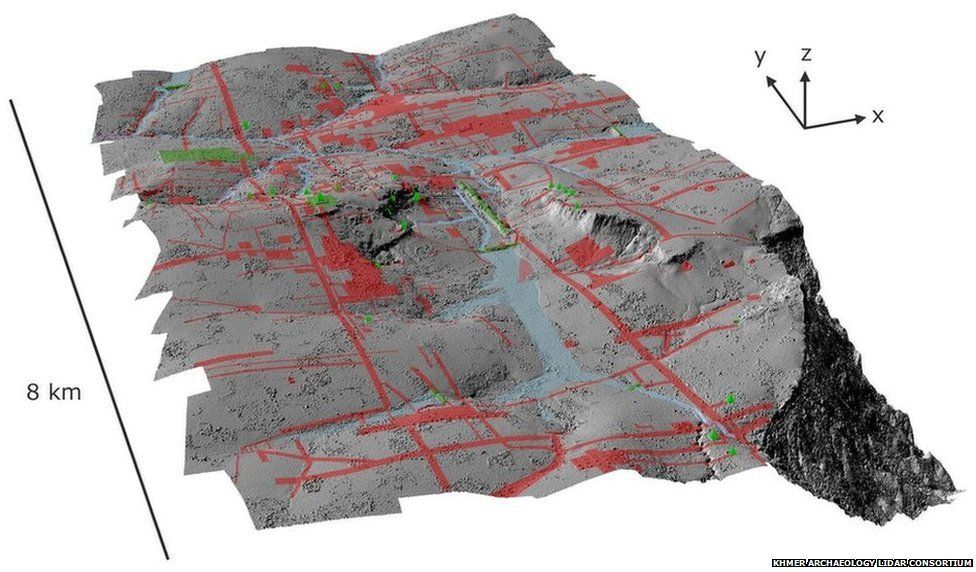Jackson, Mississippi
 |
| Central Jackson, Mississippi, from Google Maps. Greenwood Cemetery is at the red marker. |
Greenwood Cemetery is a peaceful and restful green space in downtown Jackson, Mississippi. According to the Greenwood Cemetery Association,
The members of the Greenwood Cemetery Association welcome you to historic Greenwood Cemetery. This cemetery was established by an act of the Mississippi State Legislature which was approved January 1, 1823. It has grown from the original six acres to its present twenty-two acres.
Greenwood Cemetery is downtown Jackson's largest green space. Towering oaks, magnolias, crepe myrtles, and cedars shade portions of the grounds and the sunny areas boast large collections of antique bulbs and ever blooming, own-root roses. Camellia bushes are scattered throughout the cemetery, and the wisteria is breathtaking in early May. There is something blooming every month of the year. The natural landscape and the beautiful monuments make it a calm and serene spot adjacent to the bustle of downtown.
Until the end of the 19th century, all residents of Jackson could be buried in Greenwood Cemetery and many were. The early records are incomplete and work continues on identifying those buried.
I had driven by the cemetery many times but never stopped to walk inside. In early 2023, I finally looked around.
 |
| Northeast part of Greenwood (Kodak Plus-X film, Leica IIIC camera, 50mm ƒ/1.8 Canon lens) |
The cemetery was a bit overgrown. I recall a call for volunteers to clean brush and grass. All in all, it was not as interesting as cemeteries in south Louisiana, where many of the monuments are ornate and almost Baroque.
Just west of the cemetery is the historic Farish Street neighborhood. During the post-World War II economic boom, this was a thriving cultural and business hub for the African American community. After the 1970s, the neighborhood decayed severely. I remember 1990s attempts to encourage a comeback, but those efforts did not generate much (or any) reinvestment. This Mississippi Today article outlines the decades of disappointment, political infighting, and missteps in the attempts to revive the district. Preservation in Mississippi also posted some articles on Farish Street.
I have posted pictures from the Farish Street area before. Here are more photographs from my archives from Lamar, Cohea, and Monument Streets, all immediately west of Greenwood Cemetery.
 |
| 998 North Lamar Street (TMax 100 film, Olympus Trip 35 camera) |
 |
| 1107 North Lamar Street |
 |
| East Cohea Street view west |
 |
| Cohea view east from near North Mill Street (Panatomic-X film, Fuji GW690II camera) |
 |
| Duplex at 146 Cohea Street |
 |
| Duplex 147-149 Cohea Street |
 |
| Duplex 153 Cohea Street |
 |
| Cottage, 155 Cohea Street |
 |
| Cottage, 328 East Monument Street (no longer extant) |
Jan 2010: Mississippi Basin Model
Jan 2010: Hawkins Field
Jan 2010: Naval reserve Center
Feb 2010: Hinds County Armory
Nov 2010: Jackson Municipal Library
Apr 2013: Hinds County Armory update
May 2013: Oil Mill
May 2013: Mill Street corner store
Apr 2015: Lock business, Pascagoula St.
May 2015: Mill Street
Jun 2015: West Capital Street
Jun 2015: Masonic Temple
Nov 2015: Mississippi Basin Model continuing decline
Dec 2015: West Porter Street
Jan 2016: Near the State Capital
Sep 2016: North Mill Street
Jul 2017: Grayson Court
Dec 2017: Old House Depot
Feb 2018: Basin Model update
May 2018: Fortification Street
April 2019: Woodrow Wilson Ave.
Aug 2019: Bailey Avenue restaurant















































